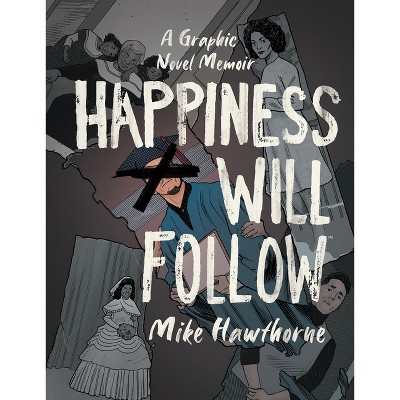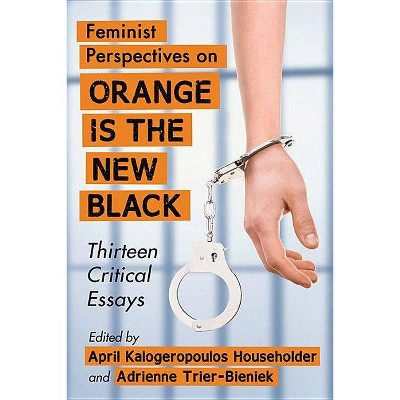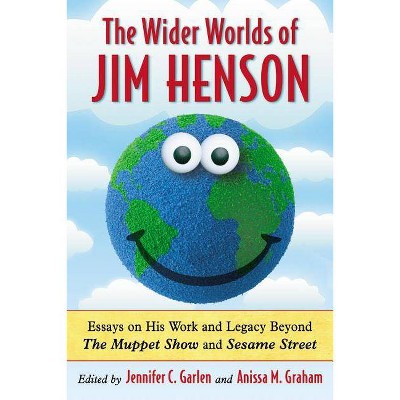Sponsored

Making Thought Visible - by Curt Hersey & Julie D O'Reilly (Paperback)
In Stock
Sponsored
About this item
Highlights
- For viewers who experience autism, bipolar disorder, depression, obsessive-compulsive disorder or other cognitive variations, television storytelling offers opportunities to empathize with characters portraying neurodiversity.
- About the Author: Curt Hersey is an associate professor and chair of the communication department at Berry College in Rome, Georgia.
- 264 Pages
- Performing Arts, Television
Description
About the Book
"Since the early 2000s, television has expanded its representation of neurodiversity, a term once only associated with autism but now embraced by many whose developmental trajectory has been deemed atypical. For example, individuals who experience bipolar disorder, depression, synesthesia or obsessive-compulsive disorder may also identify as neurodiverse. This collection is the first to exclusively explore the portrayal of neurodiversity on television, a medium that offers viewers, through episodic and serial storytelling, multiple opportunities to see themselves in and/or empathize with characters. The contributors analyze television's attempts to make thought--how individuals cognitively process the world around them--visible, evaluating the quality and verisimilitude of TV's neurodiverse representations and its impact or potential impact on audiences. Examined themes include the muting of neurodiverse voices, madness as power, diagnosis vs. lived experience, dual diagnosis, reactions to "atypical" behaviors, the cultivation of attitudes towards autistic individuals, and translanguaging across global series. Television texts analyzed include Young Sheldon, The Good Doctor, Legion, the Star Trek universe, Euphoria, True Detective, Girls, Bungo Stray Dogs, and Love on the Spectrum. The varied theoretical and methodological approaches employed by the contributors present an appropriately complex analysis of this complex subject"-- Provided by publisher.Book Synopsis
For viewers who experience autism, bipolar disorder, depression, obsessive-compulsive disorder or other cognitive variations, television storytelling offers opportunities to empathize with characters portraying neurodiversity. In this first collection of its kind, contributors analyze television's increasing attempts to make thought--how individuals process the world around them--visible.
Examined themes include the muting of neurodiverse voices, madness as power, diagnosis vs. lived experience, dual diagnosis, reactions to "atypical" behaviors, the cultivation of attitudes towards autistic individuals, and translanguaging across global series. Programs include Young Sheldon, The Good Doctor, Legion, the Star Trek universe, Euphoria, True Detective, Girls, Bungo Stray Dogs, and Love on the Spectrum. Varied theoretical and methodological approaches and attention to the quality and verisimilitude of neurodiverse representations result in an appropriately complex analysis.
About the Author
Curt Hersey is an associate professor and chair of the communication department at Berry College in Rome, Georgia. He has published articles in the Journal of Film and Video and the Historical Journal of Film, Radio and Television. Julie D. O'Reilly is a professor of communication and gender studies at Heidelberg University in Tiffin, Ohio. She has published articles in the Journal of American Culture and Clues: A Journal of Detection.Shipping details
Return details
Frequently bought together


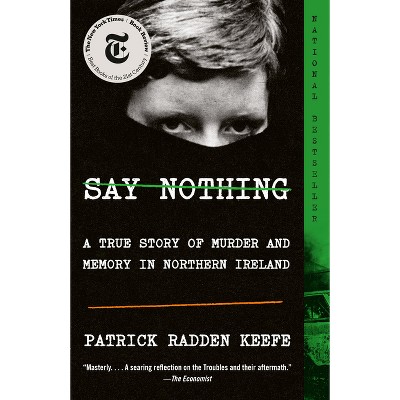

Trending Non-Fiction
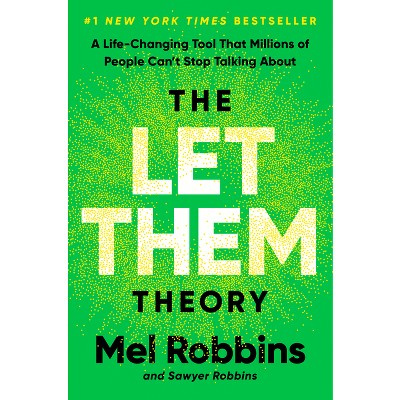


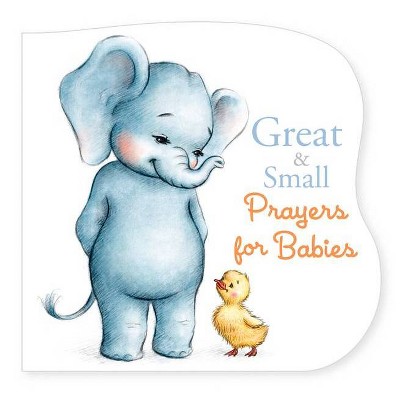


Discover more options

